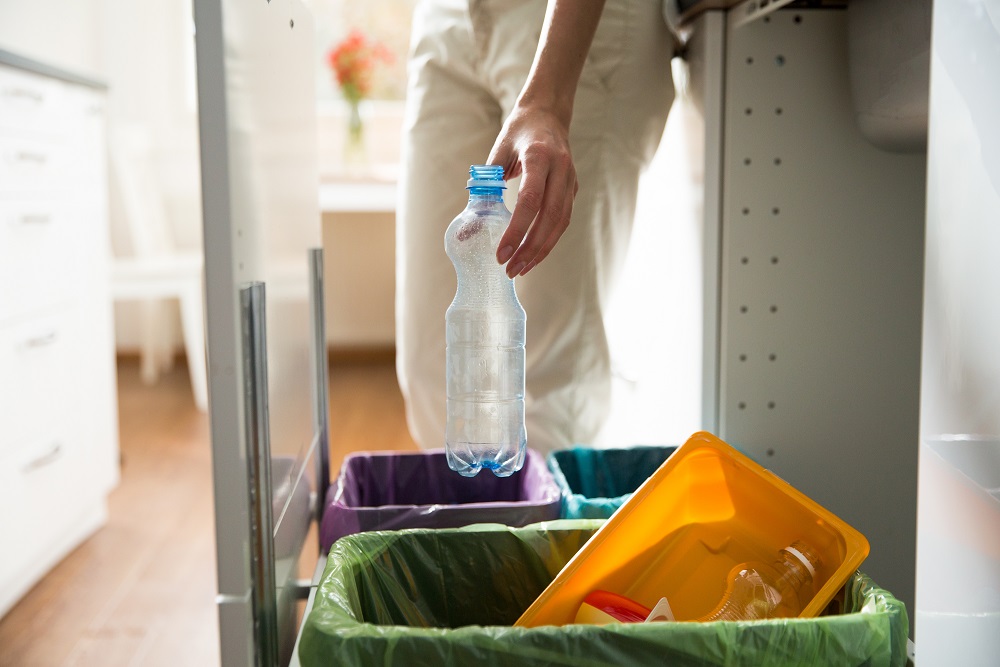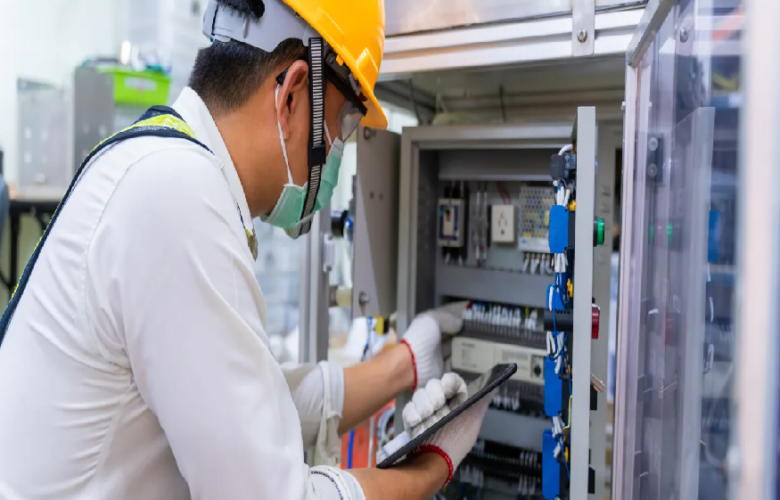It has been suggested that human beings do not recycle enough. Some have taken that concept further by claiming that there is virtually nothing we cannot recycle. Let’s assume such assertions are correct. The fact that we can recycle doesn’t necessarily mean doing so is viable. Municipal curbside recycling programs are proof enough.
In a perfect world, nothing would be thrown into the trash. Every ounce of waste humanity produces would be carted away to sorting centers where materials would be separated and shipped off to other facilities for recycling. But this world is by no means perfect. Recycling every ounce of waste is practically and financially inviable.
To make widespread recycling viable, you need three things:
1. Materials Worth Recycling
The first thing you need are materials worth recycling. Plastic bottles made from PET fit the bill. According to Seraphim Plastics, a Tennessee company that recycles commercial scrap plastic in seven states, PET is worth recycling because there is money to be made from it. Seraphim makes money by recycling. The customers who buy from them make money by turning recycled plastic into new products.
An example of a product not worth recycling is the tried-and-true alkaline battery. Alkaline batteries do contain a small number of materials that could be recycled if we wanted to do so. But the amount of time and effort necessary to recover those materials doesn’t make doing it worthwhile. So instead, spent batteries go into landfills.
2. A Cost-Effective Recycling Process
The second thing you need to institute widespread recycling is a cost-effective recycling process. Let us go back to Seraphim Plastics. Their recycling process is as simple as it gets. They haul scrap plastic back to their plant, grind it up, run it through a series of magnets to remove any metal pieces, and package it for sale. That’s it. A load of recycled plastic pallets can be ready to sell as regrind in a matter of hours.
Compare that process to recycling non-PET food containers and the contrast becomes apparent. Plastic food containers are hauled off to the municipal recycling center where they have to be sorted by type. They also have to be sorted from paper, glass, other plastic, and waste materials. Next, sorted materials are sent to other facilities to be decontaminated before being reduced.
All of this takes time and money. In the end, it is not cost-effective. Municipalities and private trash haulers spend too much money on curbside recycling to make it financially worth their while.
A Market for Recycled Materials
The third thing you need for widespread recycling is a market for recycled materials. Seraphim Plastics makes good money because they have customers willing to buy plastic regrind. The plastics they recycle enjoy sufficient enough demand to maintain a healthy market. That is not the case with other materials people wished they could recycle.
There isn’t a market for the materials you could recover from alkaline batteries. There isn’t a market for the plastic bags that keep cereal nice and tidy inside cardboard boxes. There is no market for used facial tissues, scrap food products, and all the other things we throw in the trash.
As for consumer plastics, they do not have much demand either. Virgin plastic is a lot cheaper and easier to come by. Given the choice, manufacturers will choose virgin material over recycled any day. Why spend more than they have to?
Perhaps it’s true that we could recycle just about every ounce of waste we produce. But doing so isn’t viable on a large scale. Like it or not, that is the reality.




